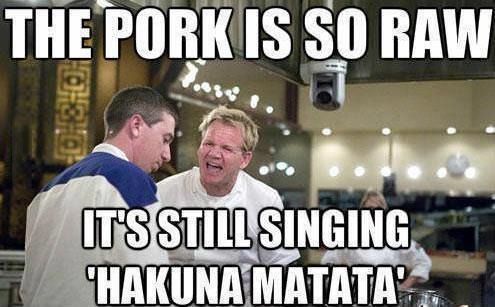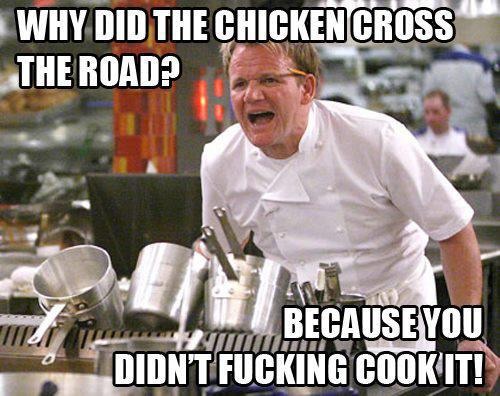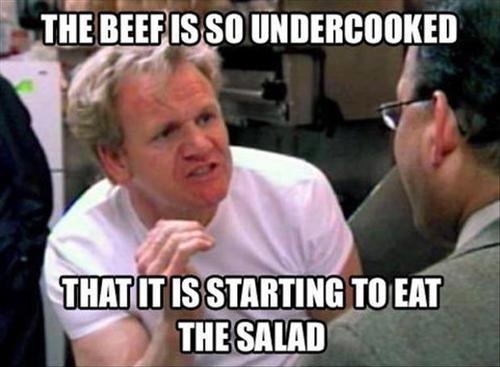Let’s not lie, I love everything about media.
I love how anything is possible, that somethings can be made in make-believes, that how much power and influence it has over the world, how it’s a multibillion dollar company, how it’s dynamic and changing, and the very fact that how it is changing the world by the hour, minute, second.
And how’s how I became a media and communication student. Because media is powerful and exciting.
I’m Malaysian, but I’m blessed with speaking three languages – English (the world’s lingua franca), Malay (my beloved country’s national language) and Mandarin (my mother tongue). Culturally through language I’ve been already got the keys to experience the west, and the east. The only thing I don’t have a clue upon is Bollywood. Even that, I managed to enjoy Dostana and some other hindi movies.
Now, that’s speaking on a local term. But the world takes things on a global scale. And like all countries, where the prominent and strategic meet at the capital, media has their own, and they are “places where things come together and, consequently, where the generation and circulation of new mass culture forms become possible” (Curtin, 2003).
Media capitals, also important to note that they are “centres for the finance, production and distribution of television programs.” Cities such as Bombay, Cairo and Hong Kong are examples. Contemporary television is transcending frontiers and disrupting conventional structures of domination.
What is this domination that they speak of?
“The great divisions among humankind and the dominating source of conflict will be cultural. Nation states will remain the most powerful actors in world affairs, but the principal conflicts of global politics will occur between nations and groups of different civilizations. The clash of civilizations will dominate global politics. The fault lines between civilizations will be the battle lines of the future.” (Huntington, 1993)
One thing is for certain, the most famous media capital in the western world; ‘Hollywood’, is quickly losing its dominance to other areas such as Hong Kong and Bombay. Hong Kong, for example is a developing media capital. Chinese customers are a sure way to a stable and growing market. The same can be said about the Indian demographic, who produces more movies than Hollywood, despite only being ONE country. But cultural wise, what are these figures saying?
Huntington (1993) said that the great emergence of these media divides and the dominating source of conflict is mainly due to cultural differences, instead of it being economic nor geographical.
Now, the thing about culture, with its roots so deeply settled in history, religion, lifestyles, way of life is hard to break-through, let alone break away from. The thing about culture is, it makes us who we are. Nothing more frightening than the thought of the unknown, therefore we stick and pass on what we learned and what we’ve grown up with. It gives us the identity.
And we should never stop being who we are, or “being true to our roots”. As our worlds become smaller and lives intertwined, we are now at the exciting point where we can enjoy the best of both worlds.
Curtin, M., 2003, Media Capital : Towards the Study of Spatial Flows, International Journal of Cultural Studies, Sage Publications, pp222-223
Graham, J, 2004, Samuel P Huntington’s Clash of Civilisations, History Orb, viewed 07/09/2013, http://www.historyorb.com/world/clashofcivilizations.php
Said, E, The Myth of the ‘Clash of Civilisations’, viewed 0709/2013, Youtube, http://www.youtube.com/watch?v=aPS-pONiEG8



